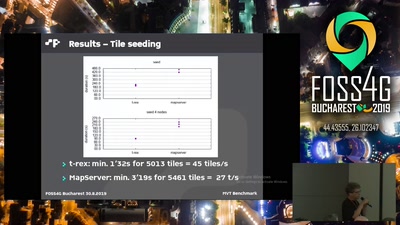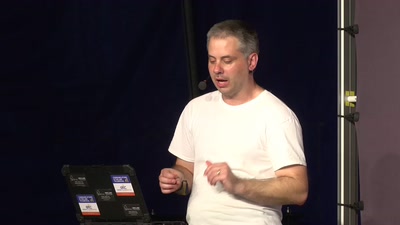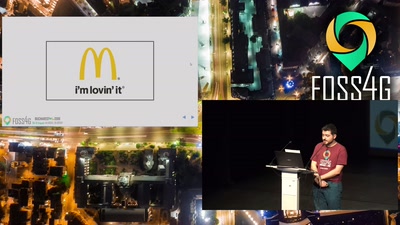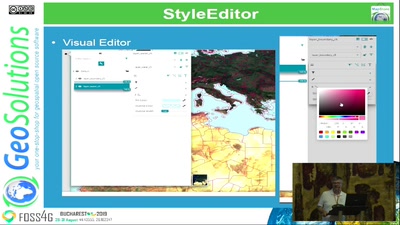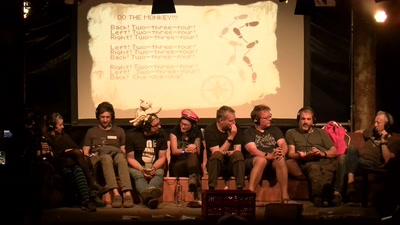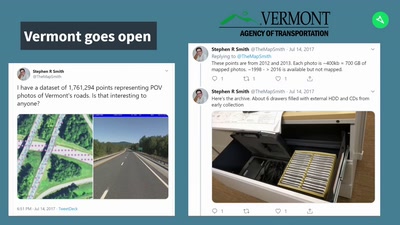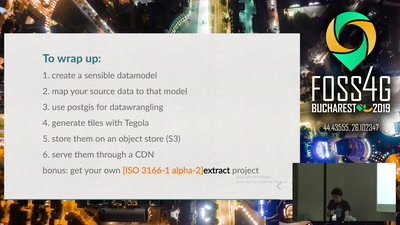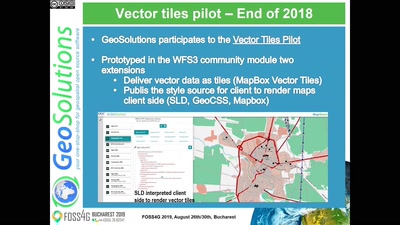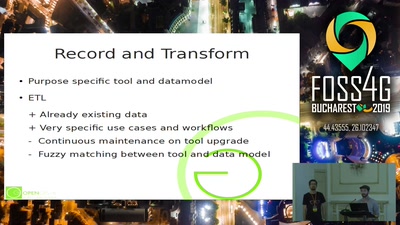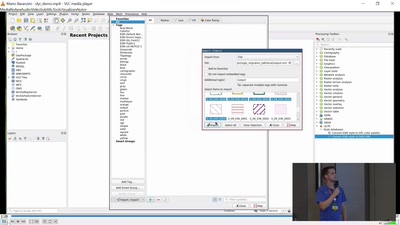Michael Lutz, Marco Minghini and Alexander Kotsev
With the exponential growth of the variety, heterogeneity and volumes of geospatial data, a wide range of actors have increased their need to combine information from multiple sources such as private, crowdsourced and public sector repositories. The purpose of this study is to compare two sources currently relevant for Europe: INSPIRE and OpenStreetMap (OSM). In doing so, we start with a brief overview of the two data sources, outlining similarities and differences as well as pros and cons for data users. In force since 2007, INSPIRE is the Directive aiming to create a European (EU) Spatial Data Infrastructure (SDI) to be used for environmental policies. The Directive requires EU Member States (MS) to publish geospatial content falling under 34 cross-sectoral categories (themes) according to a Service-Oriented Architecture (SOA) approach based on ISO and OGC standards. On the other hand, OSM is the leading geospatial crowdsourcing project. Born in 2004 and counting more than 1 million active contributors, the project has produced a worldwide, large-scale geospatial database. In addition to their different approach (legislative, top-down vs. community-based, bottom-up), INSPIRE and OSM feature a number of technical differences. While OSM data is structured around a flat data model with attributes encoded as simple key/value pairs, defined and maintained by the OSM community in a flexible wiki environment, INSPIRE features complex data models for each of the 34 themes which have been rigorously defined and are maintained by the European Commission through a constant dialogue with INSPIRE stakeholders. Consequently, while INSPIRE proposes specific data formats for increased interoperability, OSM data can be retrieved into a variety of GIS-friendly encodings as well as through dedicated Application Programming Interfaces (APIs) which increase their reuse and the development of third-party applications. From a legal point of view, the open access license of OSM (available under the Open Database License) further facilitates the re-use of the data as well as the production and distribution of derived products at any spatial scale. Instead, being built on top of individual national infrastructures, INSPIRE data sets are available under a variety of different licenses, which overall may hinder the full usability of the infrastructure. Finally, whilst INSPIRE is by definition an authoritative source of quality-certified data, OSM quality can only be ensured by the very nature of its crowdsourced approach; nevertheless it has been proven in some cases to be comparable, if not even better, than authoritative sources. The paper will further develop this comparison by detailing the aforementioned elements on concrete use cases addressing specific EU MS and thematic data sets and discussing how to make the most out of the two sources. An analysis of available FOSS4G solutions to access, visualize, analyse and process INSPIRE and OSM data will be also provided. None

